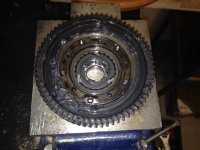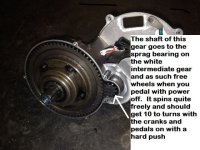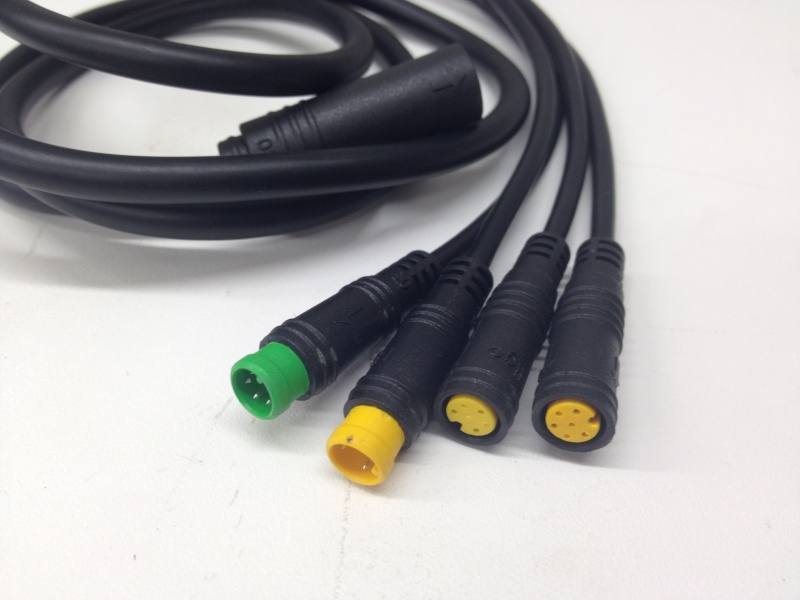nioko,
"It's not about 45kph for the whole commute...I currently do reach the 31kph where the bionX stops supporting me"
Sounds like you won't be disappointed. The big difference with a motor running through the gears, and not electronically limited to 20 mph, is that your average speed will be higher. My system is functionally very similar to the Bafang. I'm an old guy and I can average 20 mph for many miles @ 11 Wh/mile . My best average on my hilly, 7.2 mile loop, from my front door, was 25.2 mph pedaling at maximum effort @ 12.3 Wh/mile. I don't think I saw over 650 watts on the CA on that ride. I was probably adding from 150 to 250 watts throughout the ride.
To see a higher wattage reading I would be pedaling at a ridiculously low and inefficient rpm. Now, on an upright bike, where you can stand to climb, you could do it standing, at a much lower rpm, but the motor would be at a very inefficient speed. Most of that high wattage would be going to overheating your motor.
"It's not about 45kph for the whole commute...I currently do reach the 31kph where the bionX stops supporting me"
Sounds like you won't be disappointed. The big difference with a motor running through the gears, and not electronically limited to 20 mph, is that your average speed will be higher. My system is functionally very similar to the Bafang. I'm an old guy and I can average 20 mph for many miles @ 11 Wh/mile . My best average on my hilly, 7.2 mile loop, from my front door, was 25.2 mph pedaling at maximum effort @ 12.3 Wh/mile. I don't think I saw over 650 watts on the CA on that ride. I was probably adding from 150 to 250 watts throughout the ride.
To see a higher wattage reading I would be pedaling at a ridiculously low and inefficient rpm. Now, on an upright bike, where you can stand to climb, you could do it standing, at a much lower rpm, but the motor would be at a very inefficient speed. Most of that high wattage would be going to overheating your motor.





